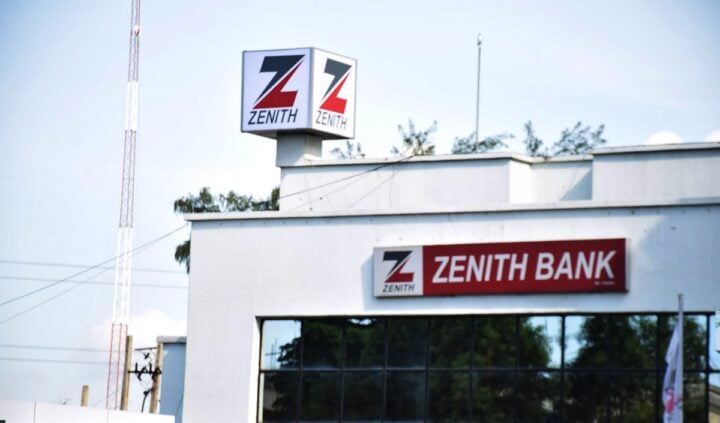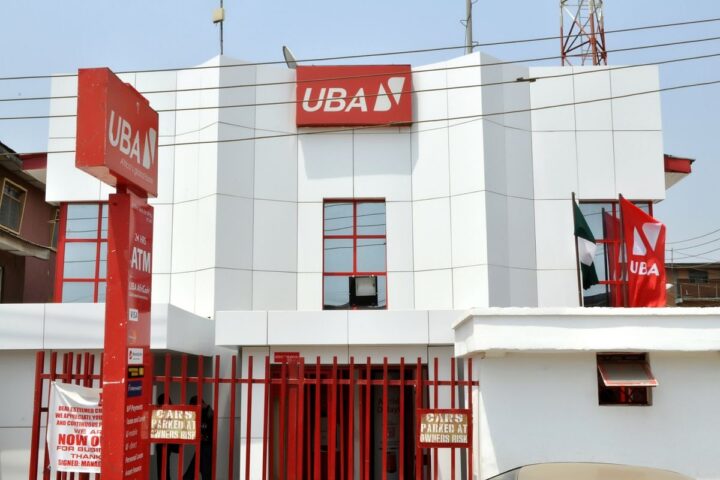Zenith Bank Plc expanded its balance sheet by N2.6 trillion in the three months of operations in the second quarter (Q2) to close with a half-year reading of N16 trillion.
This is one of the most aggressive asset expansions seen in the business of banking around the world from N12.3 trillion closing figure in 2022 and from N13.4 trillion at the end of the first quarter.
There is equally a record throw-off of over N200 billion in bad loans in the three months of Q2 that consumed 79.4 percent of net interest earnings at half-year.
The asset expansion represents a jump of 29 percent in the bank’s large balance sheet in six months, meaning the creation of additional assets of N3.6 trillion over the short period.
Advertisement
This sets the bank pressing keenly on who rules the Nigerian banking industry by the size of the balance sheet.
The half-year audited financial report of the bank at the end of June 2023 shows equally top-speed growth on earnings that on the face of it speak of significantly increased ability in converting rapidly growing assets into much more rapidly advancing revenue.
The rapidly advancing revenue also yielded much more advancing growth in profit — all leading to a big harvest for shareholders.
Advertisement
Gross earnings of the group expanded by 139 percent to N967.3 billion at half year, close to five times the 29 percent increase in assets and already ahead of the closing gross income of N945.6 billion for last year.
After-tax profit rose much faster at 162 percent to N291.6 billion over the same period, already beating the full-year figure of N223.9 billion in 2022.
The bank’s aggressive growth strategy has been on since last year when it led asset expansion among the big league players in the banking industry with an increase of 30 percent, amounting to a creation of more than N2.8 trillion in new assets in the year.
Leading the rapid expansion of the balance sheet are derivative assets that surged from less than N50 billion in the same period last year to N632.2 billion at half-year.
Advertisement
Lending to other banks rose by 47 percent to N1.9 trillion, loans and advanced grew by 25.9 percent to over N5 trillion while investment securities portfolio expanded by 17 percent to over N2 trillion.
The spur for the towering earnings for the bank came from a huge foreign exchange (FX) windfall, amounting to N355.6 billion, swelling from an FX loss of N6.2 billion in the same period last year.
The huge inflow provided a saving grace for the bank from the massive credit loss of over N200 billion that rolled in in Q2 from only N7.73 billion in the first quarter (Q1).
The half-year loan loss charges of N207.9 billion is already well ahead of the full year figure of N123.3 billion the bank recorded in 2022.
Advertisement
The loan losses created a deep hollow in the bank’s income statement with a big cut of 66.2 percent in net interest income after loan impairment charges from N159.6 billion down to N53.9 billion at half-year.
That could have created a loss for the bank at half-year but for the FX windfall that filled up the hollow dug by loan impairment expenses and changed the earnings story to the cheer of shareholders.
Advertisement
Spurred by the FX gain, other operating income soared from a loss of N655 million in the same period last year to close at N368.7 billion at the end of half-year operations in June 2023.
Reflecting the strong growth in earning assets, the bank achieved an outstanding growth of 71.9 percent in interest income, amounting to N415.5 billion at half-year.
Advertisement
However, the cost of funds grew much faster over the same period at 169.5 percent to stand at N153.6 billion.
Massive growths in cost of funds and credit loss charges were the two critical challenges that the bank’s management faced in operations in Q2. The two cost lines consumed 87 percent of the interest earnings of the bank at half-year.
Advertisement
This is just as we highlighted at the end of Q1 that “profit prospects in the coming interims will be shaped by the impact of cost of funds on margins — whether it sustains on the downward side or reverses. Loan loss expense is also to be watched — whether it stays moderated and remains a cost saver or jerks up to the revenue consuming side”.
The bank, however, saved some cost from its moderated operating expenses, which added to the huge FX gain to swell the bottom line. Net profit margin is up from 27.5 percent to 30.2 percent over the review period.
The directors have announced an interim cash dividend of 50 kobo per share to shareholders with company register scheduled to close on 25th September and payment to be made on 29th September 2023.
Add a comment







